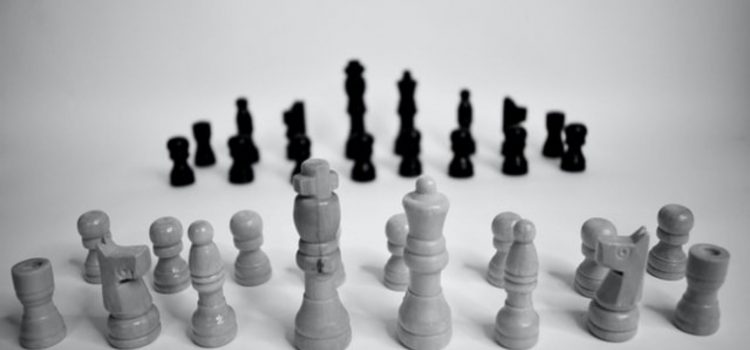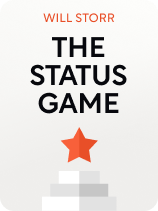

This article is an excerpt from the Shortform book guide to "The Status Game" by Will Storr. Shortform has the world's best summaries and analyses of books you should be reading.
Like this article? Sign up for a free trial here.
What’s a status competition? What are the rules and symbols of a status game?
A status game has rules and symbols that draw us in and compel us to play along. In The Status Game, Will Storr takes a look at the rules and symbols that create a competition for status.
Let’s look at how a status competition operates.
We Agree on Rules to Structure the Game
When humans band together in a social group, we naturally create stories, which take the form of cultural narratives, ideologies, religions, and systems of morality. These stories serve as rules you have to follow not only to gain acceptance within the group but also to seek the respect and admiration of others in a status competition.
Storr explains that some of the rules within social groups are ancient and universal (like helping other group members or respecting a leader’s authority). But other rules are culturally specific, particular to their time and place.
| How Social Norms and Stories Teach Us How to Behave Experts have paid extensive attention to social norms, the rules that govern our behavior in social groups (and, therefore, in status games). Some social scientists understand norms as a kind of “grammar” for our interactions with other people: the rules that define how we’re expected to behave. Norms help us hold each other accountable to basic moral principles, and they also give social meaning to our behavior so we know how to judge one another’s actions. Experts say that in addition to following explicit social norms, humans often use stories to make sense of our social worlds and how we’re expected to behave within them. In 21 Lessons for the 21st Century, historian Yuval Noah Harari writes that cultural stories about the meaning of life and our roles in it are embedded in our social norms, laws, and social systems. These stories become so ingrained that we rarely stop to question them or the ways they structure our social lives. |
Status Symbols Tell Us How We’re Performing
Your brain is wired to seek things that are valuable, including social connection and social status. According to Storr, these value judgments are linked to a “status detection system,” which figures out how you’re performing against other people by looking at status symbols: signals that have an agreed-upon meaning relevant to a person’s social standing.
An obvious status symbol might be the car someone drives or the shoes they wear. But material objects aren’t the only status symbols your brain uses to size up other people. Storr explains that your brain has learned to read social value in people’s appearance, behavior, voice, body language, and facial expressions. Your brain is extraordinarily attentive to these cues because it wants to know where others stand—and how you measure up against them.
(Shortform note: Psychologists define a status symbol as any indicator of a person’s prestige within their social group, including any signals we use to deliberately trick others. Neuroscientists think that a network of brain regions—which could be Storr’s “status detection system”—may help us to recognize and process information related to status. This network may also enable us to quickly identify and interpret status symbols, like expensive cars, large houses, or prestigious job titles. Some argue that even a belief can function as a status symbol because a person’s expression of the belief is a signal of useful information about their class or education.)
When you join a group and accept the rules and symbols of the group’s status game, you naturally internalize its stories and values, meaning that you subconsciously experience your membership in the group as a game. You then play the game to keep gaining more status. This causes you to become invested in upholding the rules and symbols of the game, because your own status depends upon their continued relevance.
(Shortform note: The traditional explanation for why people uphold rules and symbols (or social norms) is that they’re often useful, and not adopting them leads to punishment or loss of status. However, some researchers think that people obey rules to establish a shared identity as part of a group. For example, people will follow an arbitrary rule made up by experimenters in a study if they’re told that other people “like them” have followed that rule.)

———End of Preview———
Like what you just read? Read the rest of the world's best book summary and analysis of Will Storr's "The Status Game" at Shortform.
Here's what you'll find in our full The Status Game summary:
- How life is just a game of status and you're a player in it
- How the status game works and what you can do to avoid the toxicity
- What happens when the status games go wrong






